Tag Archive for: Geothermal energy
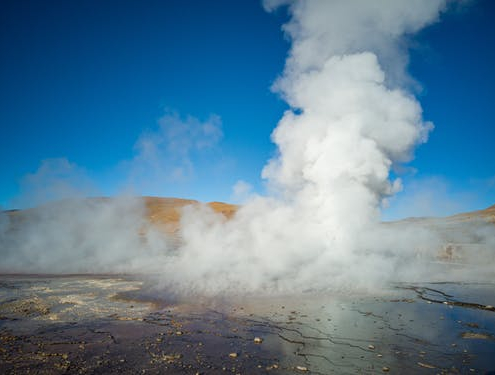
Shallow Geothermal Days 2020: Day 3: Minutes
On the 11th December 2020 took place the third and final day…

Shallow Geothermal Days 2020: Day 1: Minutes
On Friday, 4th December 2020, the European Geothermal Energy…
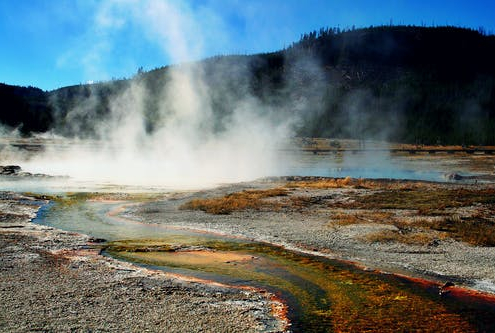
CROWDTHERMAL meeting, 15-17 September, online
From the 15th to the 17th September 2020, the CROWDTHERMAL consortium…
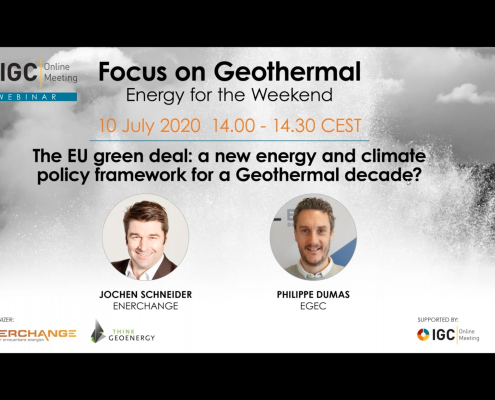
The EU green deal: a new energy and climate policy framework for a Geothermal decade?
On 10 July 2020, EGEC hosted an IGN online meeting on geothermal…
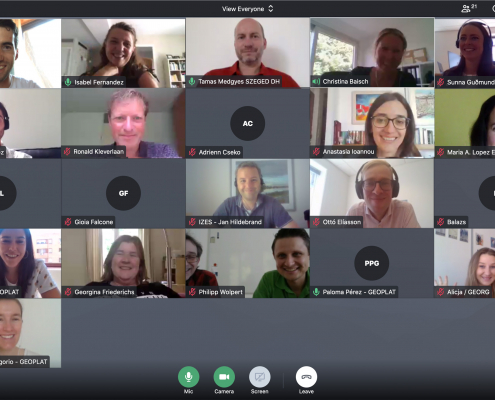
CROWDTHERMAL Consortium e-meeting, online
On the 2nd July 2020, the CROWDTHERMAL consortium had its second…
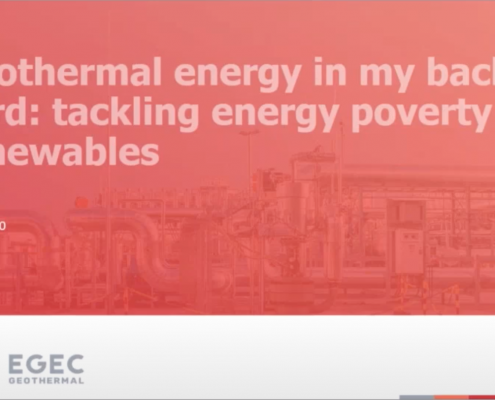
LPRC at the “Geothermal energy in my backyard: tackling energy poverty with renewables” webinar
On June 25, took place the “Geothermal energy in my backyard:…
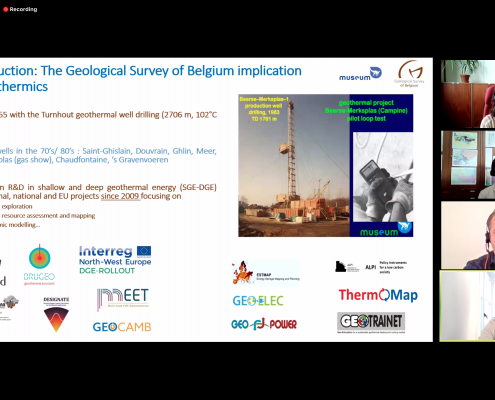
LPRC participates in the GeoConnect³d event
On the 24 June, the European Federation of Geologists hosted…
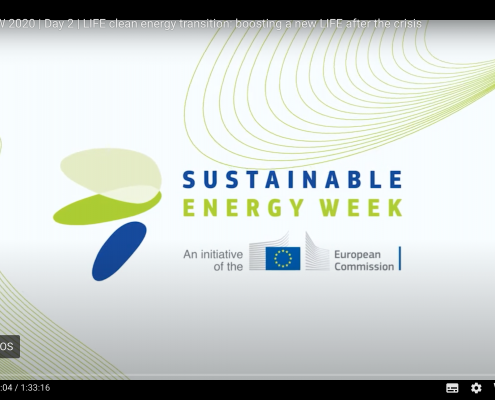
LPRC attends the EU Sustainable Week (part 2)
LPRC participated in this year's EU Sustainable Energy Week (EUSEW…

LPRC attends the EU Sustainable Week (part 1)
LPRC participated in this year's EU Sustainable Energy Week (EUSEW…
